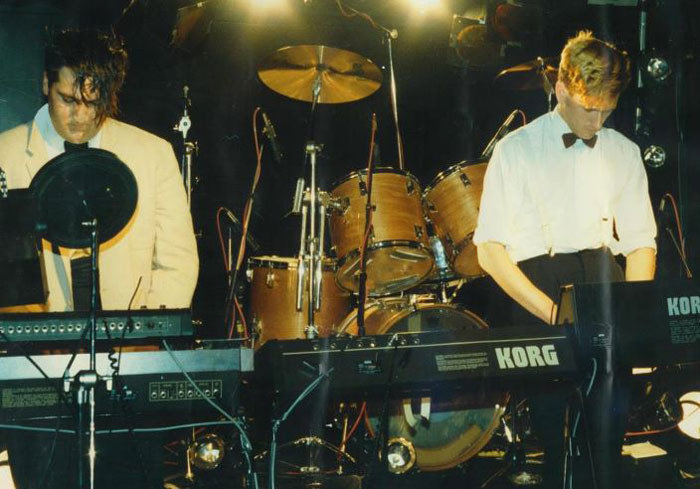
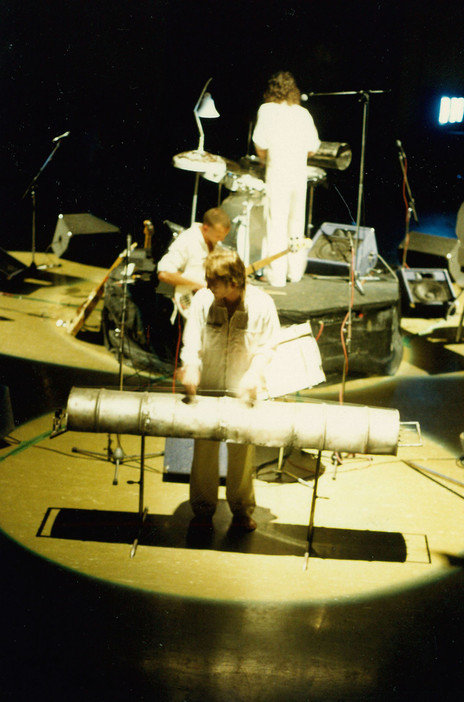
Above: Ballare / Drone
“I'm fascinated by how music in its truest form can embody the fabric of culture,” explains Ben Stevens, the founder of open-eared antipodean record label Strangelove Music. Stevens is giving me a window into the thinking behind his label’s first compilation album - “Kiwi Animals: Future/ Primitive Aotearoa ‘82-’91” - a wide-ranging personal catalog of innocent and honest studio experiments recorded in New Zealand during the ‘80s and very early ‘90s. Across its eleven songs, poets recite surreal incantations over Pacific percussion and Casio loops, and inner-city banjo players sing sonorously about what could have been. Meanwhile, bedroom pop stars wring out intimate melodies over rinky-dink drum machines and toy keyboards, and stoned futurists take to the synthesiser with sky-high levels of gusto.
“Music can tell stories in ways that are latent, or don’t overly manifest. This stuff was all at the back of my mind as I was picking through music to find true expressions of what I guess was an awakening within the local indie music scene.“
“Music can tell stories in ways that are latent, or don't overly manifest,” Stevens muses. “This stuff was all at the back of my mind as I was picking through music to find true expressions of what I guess was an awakening within the local indie music scene. The early ‘80s afforded a D.I.Y culture which meant expression could occur and come out in interesting ways beyond the requirements of the major labels.”
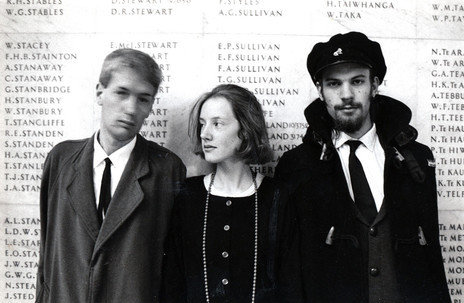
Above: The Kiwi Animal
For Stevens and Strangelove Music, “Kiwi Animals” comes off the back-end of three years of glocal releases: Exotica and art-rock experimentations from Portugal by way of Lena D'Água and the DWART collective, coastal computer pop from Australia’s ARVO, and San Fran/Venezuela duo Frank Harris & Maria Marquez’s tropical street soul daydreams. Carefully curated and presented, each release opens up the possibility and potential in looking back on the past through the frame of adjacent possibilities, and “Kiwi Animals” advances this impulse with laser precision.
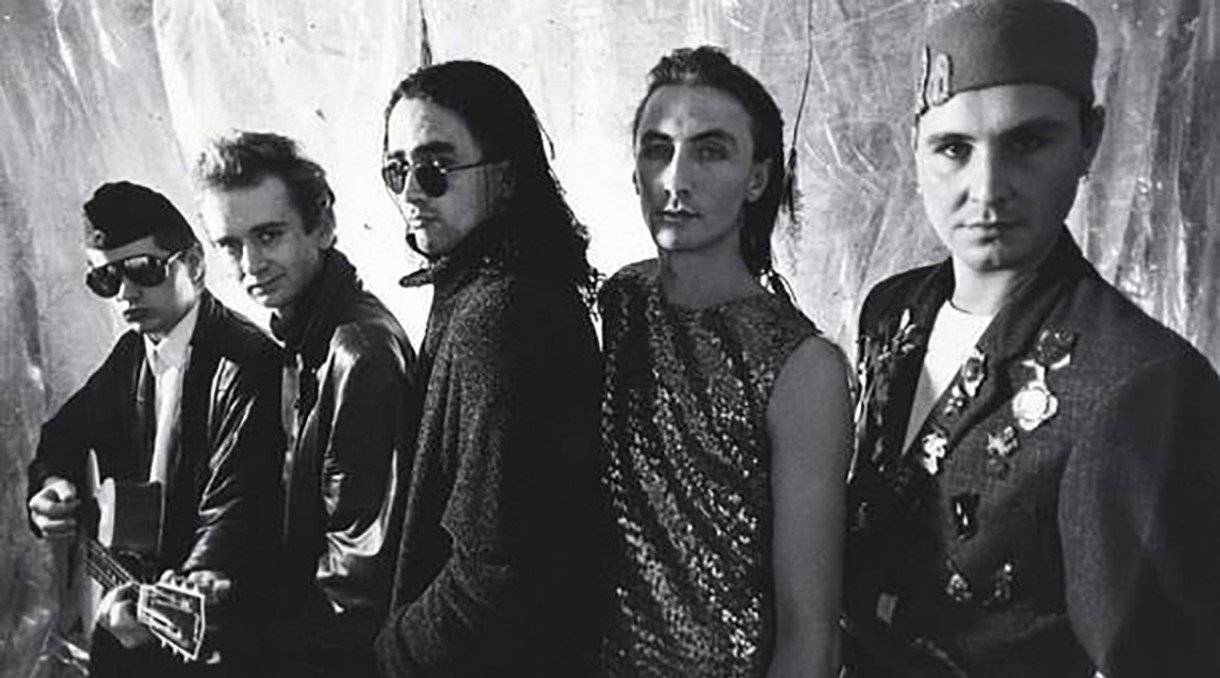
Above: Headless Chickens
At the beginning of the project, Stevens was aware of two extremes within New Zealand music in the early 80s. “On one hand, you had the people who went to the Ultravox and Simple Minds concerts in 1982 and wanted to be like that - highly multitracked synth-pop,” he says. By and large, these projects came out over a regulated, producer and label-led landscape. In those years, under the governance of the National Party and Prime Minister Robert Muldoon, New Zealand had a restrictive importation licensing system. As Stevens puts it, “Access to technology at the time would have been really restricted. The idea of bringing a whole bunch of synths from Japan and elsewhere was exorbitantly expensive. The places that could afford it were larger studios where you had access to 24-track machines. Then on the other end, you have this really raw, guitar-driven four-track stuff.”
When he says “raw, guitar-driven”, Stevens' is referring to New Zealand’s “Dunedin Sound” and the output of cult local labels like Flying Nun and Xpressway. The wheelhouse we're talking about here is scungy-but-spritely lo-fi pop songs - often initially released in very limited runs on cassette and vinyl - which have thoroughly stood the test of time. But after hearing the surprisingly sophisticated, techno-utopian track ‘Dancing’ by Auckland minimal wave group Ballare, he started wondering if an interzone might exist. “I decided to dive in and see if I could find some sort of middle ground of territory to explore,” he explains. “I wanted to understand if there were any critical or creative hubs or outputs that were different from those two aspects.”
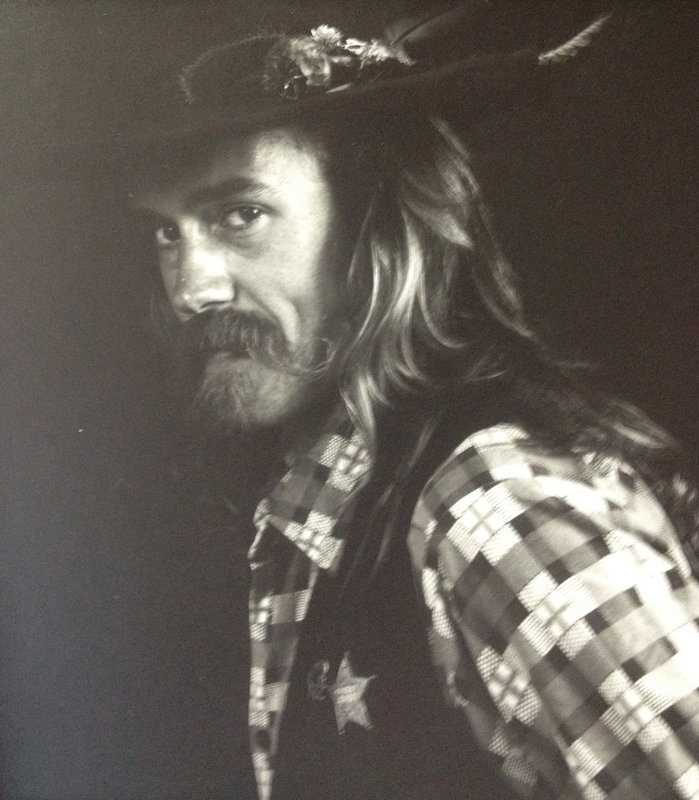

Above: Rupert / Norma O'Malley
Stevens was hoping to uncover more songs that reflected the aspirations of a shiny new technological era, or studio experiments where the hi-tech gloss of the ‘80s opened up new pathways. He found experiments, but the frameworks they operated within were not what he’d initially expected. “The experiments didn't come through technology; they came through early cross-pollination of culture,” he says. This cross-pollination of culture occurred within a pre-internet context, and set was against, as mentioned early, a period of awakening. “Without modern complications, they had a much more direct and visceral relationship with their art practice,” Stevens explains.
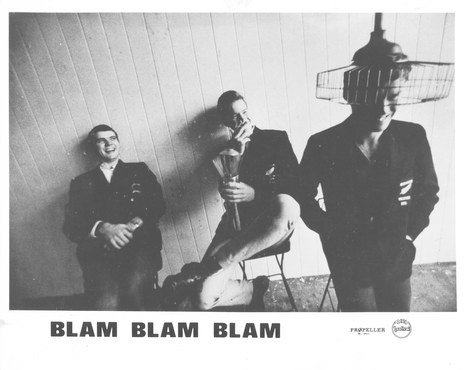
Above: Blam Blam Blam
Some of these art practices hewed towards the multi-disciplinary. Kim Blackburn, who kicks off the compilation with ‘Lizards In Love’ was a poet and a musician. Headless Chickens and Ludvigson and Gash, who contributed ‘Throwback’ and ‘Uallang Jnr’ respectively, originally wrote their pieces for contemporary dance performances, and Drone (‘Nothing Dormant’) created multimedia art installation work in the Fluxus tradition. “With the compilation, I was trying to pick through how aspects of New Zealand culture manifested in different ways, Stevens says. “You have an early ‘80s awareness of Polynesian culture in Auckland and how that manifests in ‘Lizards In Love’, and how feminism and gay culture manifested within the group The Kiwi Animals.”
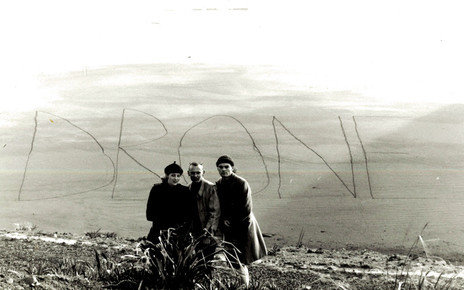
Above: Drone
That said, the music collected on “Kiwi Animals” isn’t really a document of a scene. It’s something closer to a series of snapshots of the interior worlds of artists working out of warehouses and rundown flats across New Zealand at the time. “I think the interesting stuff came from going back to the question, ‘What does music sound like that occurs at the edge of the world without much means?’ When you rub a couple of sticks together, what do you come up with?”
“What does music sound like that occurs at the edge of the world without much means?’ When you rub a couple of sticks together, what do you come up with?“
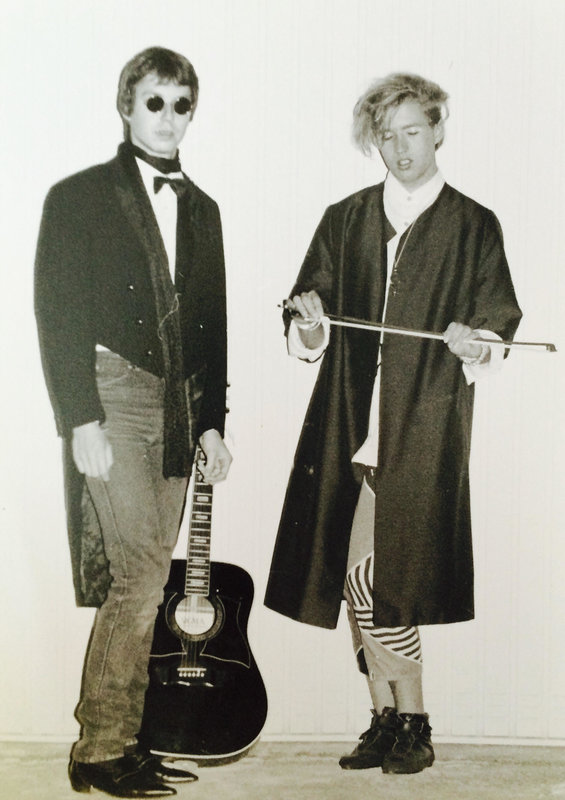
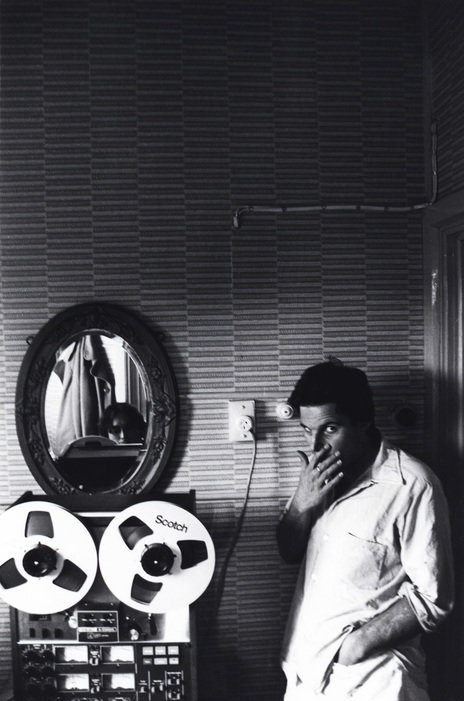
Above: Stiff Herbet / Roger Knox (Chris Knox)
The answer to that question isn’t universal, but the compilation does present some fascinating possibilities. “You could argue that the stuff happening was an honest expression without influences or being overly self-aware,” Stevens theorises. “So, rather than walking down the street, and saying, ‘Yes, I live in a Polynesian city, I need to incorporate that culture into my art, it just so happens to be that the guy you shared a flat with is from Niue and plays percussion. I’m talking about artistic expression that happens as a result of being in certain junctions, much like Garage and Two-Step in East London, it was something people just did. I was looking for music that was made for itself, in the truest sense, it wasn't made for anything else but an honest artistic expression, visceral responses to the cultural circumstances of the time.”
Kiwi Animals: Future/ Primitive Aotearoa is out in digital and LP formats through Strangelove Music (order here)
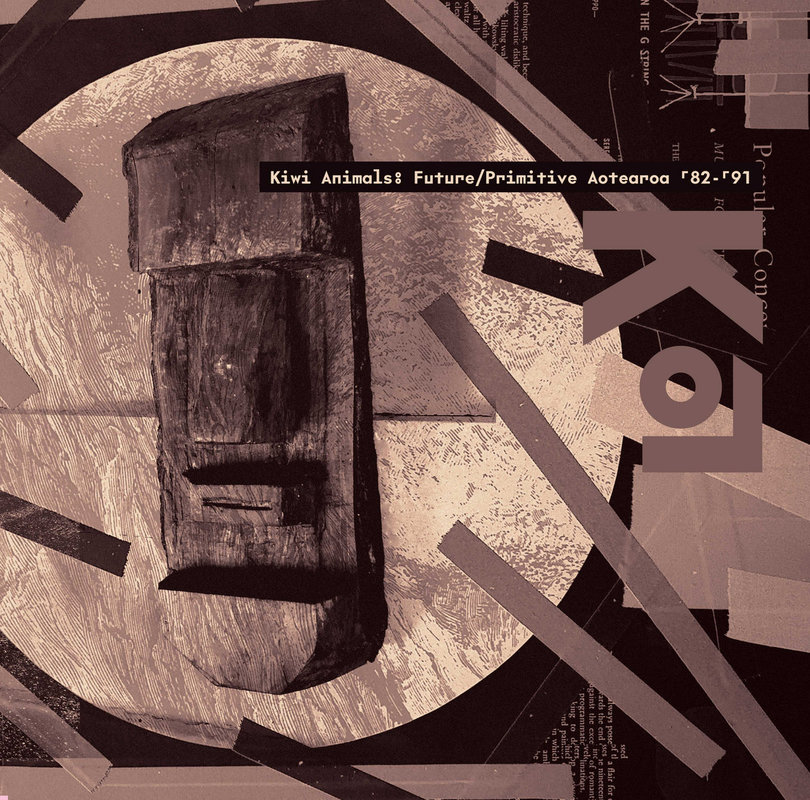
Images provided courtesy of Audio Culture - The Noisy Library of New Zealand Music, Simon Grigg, and Murray Cammick.


